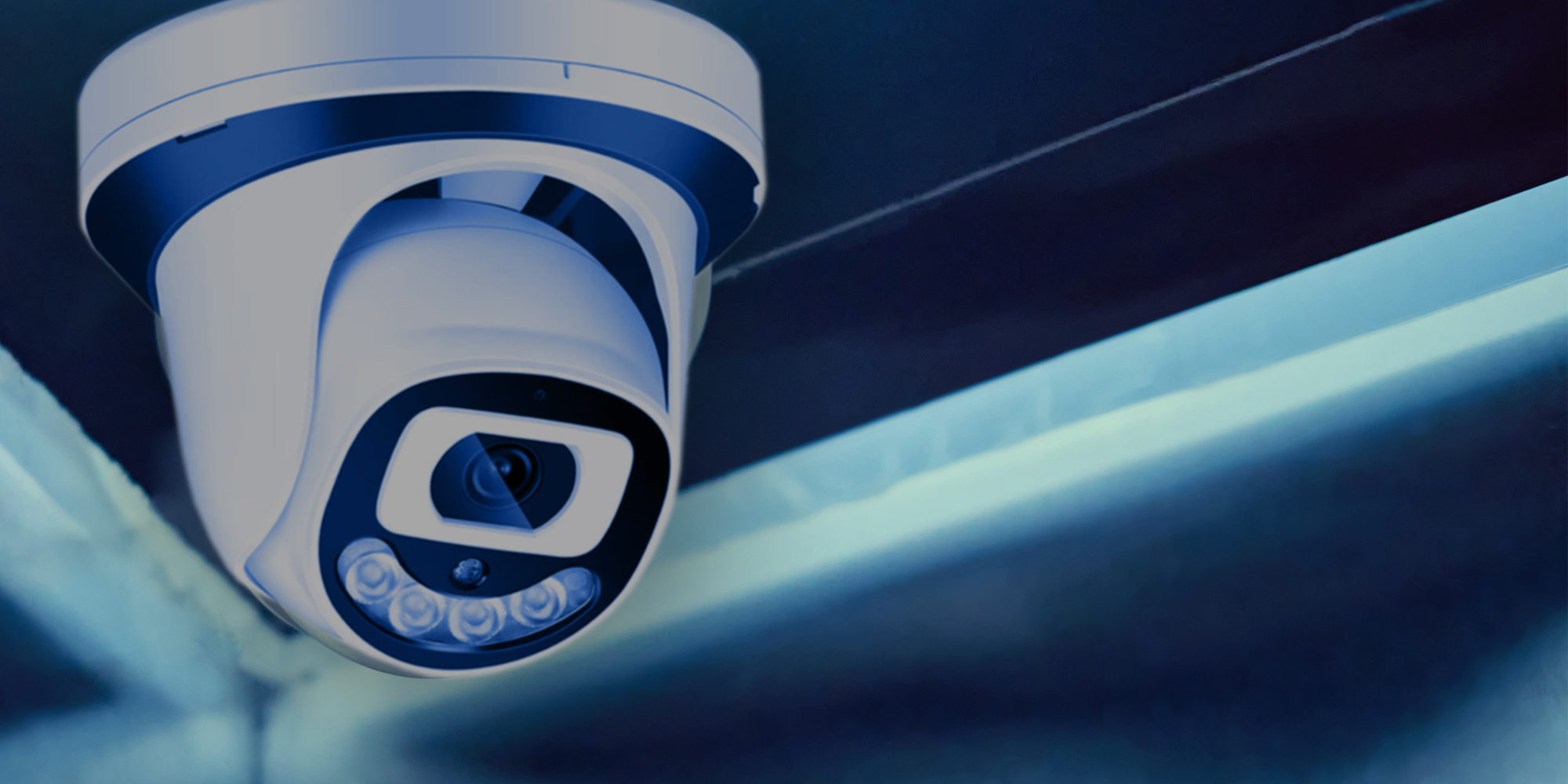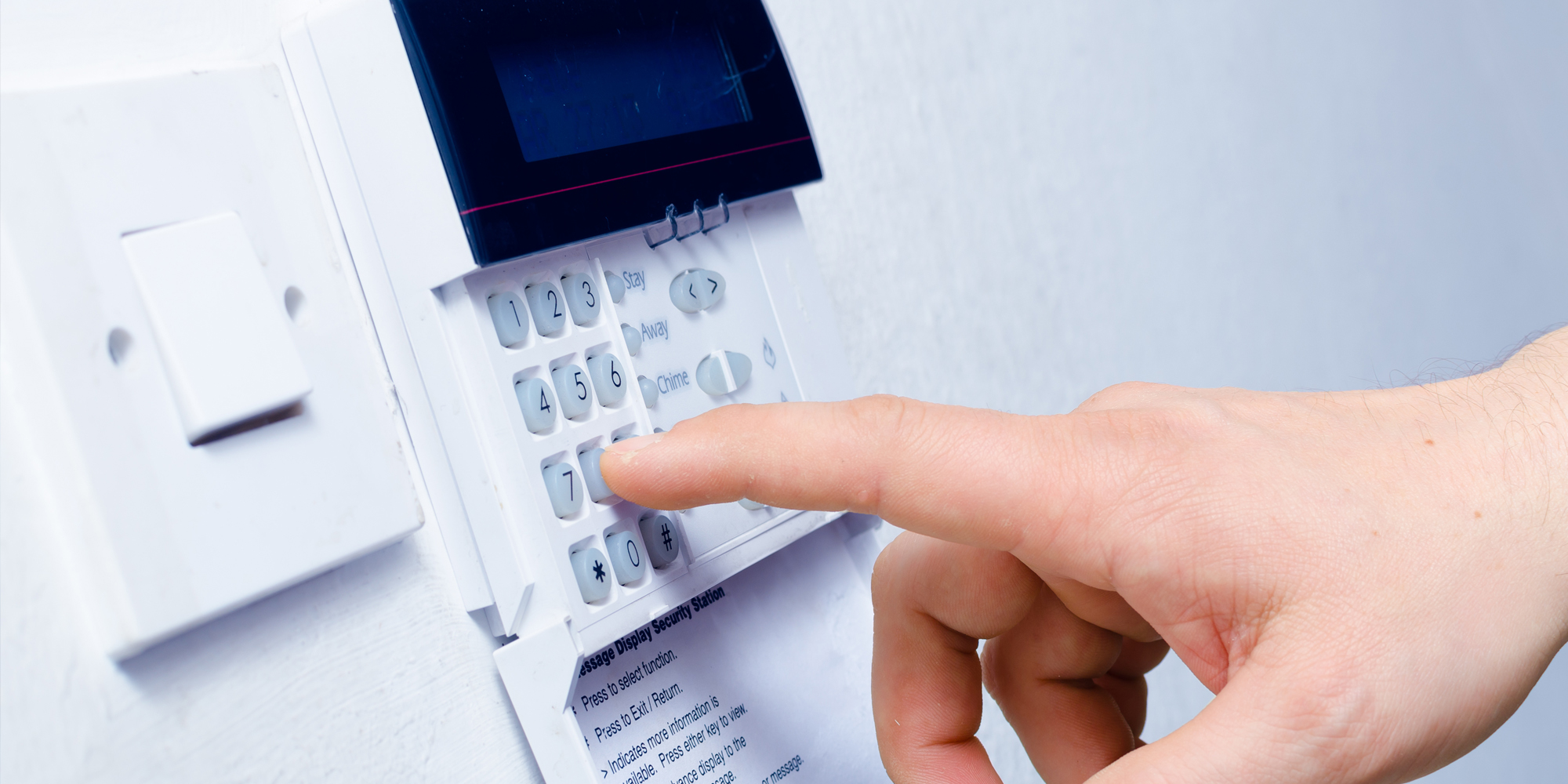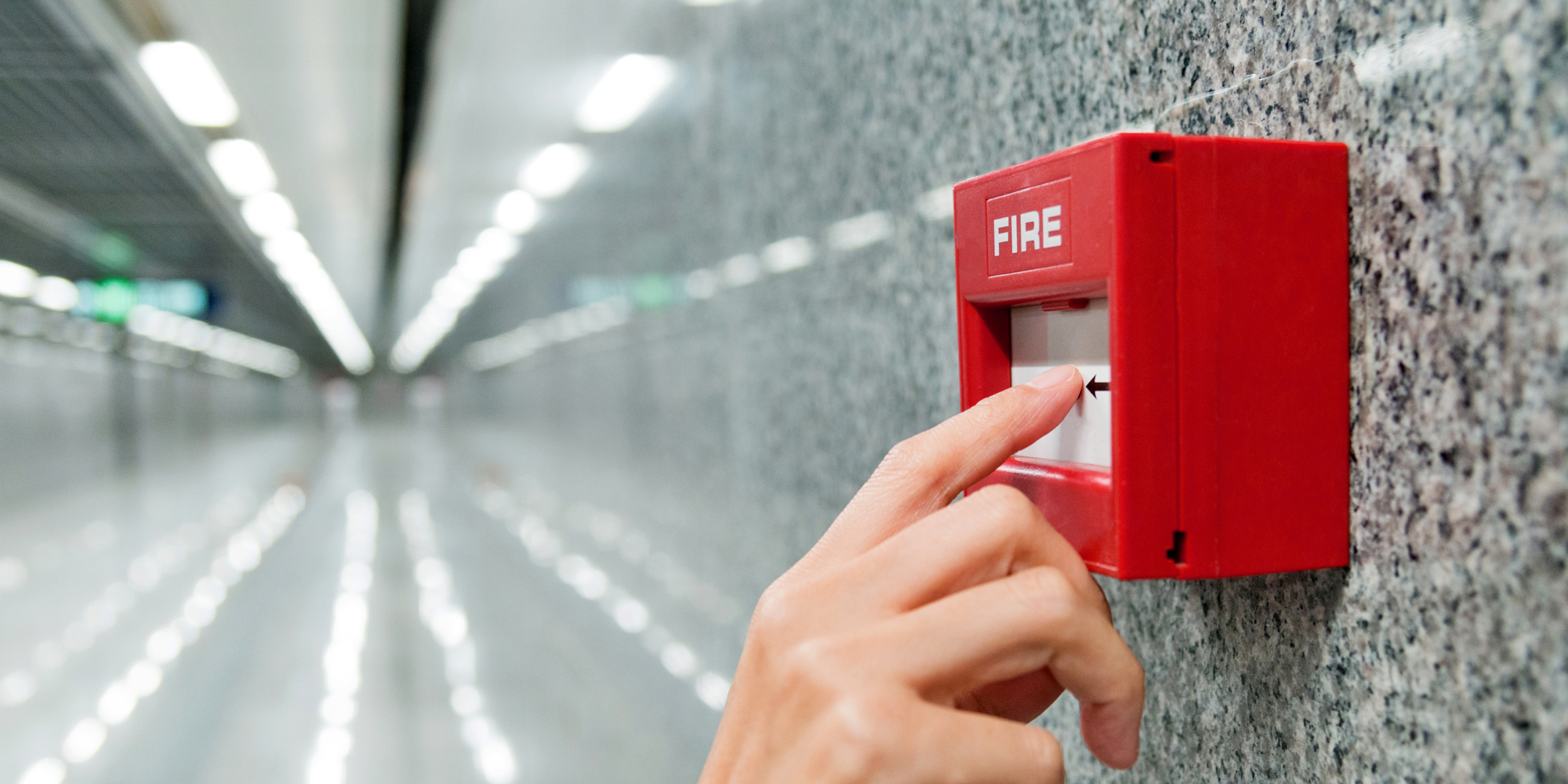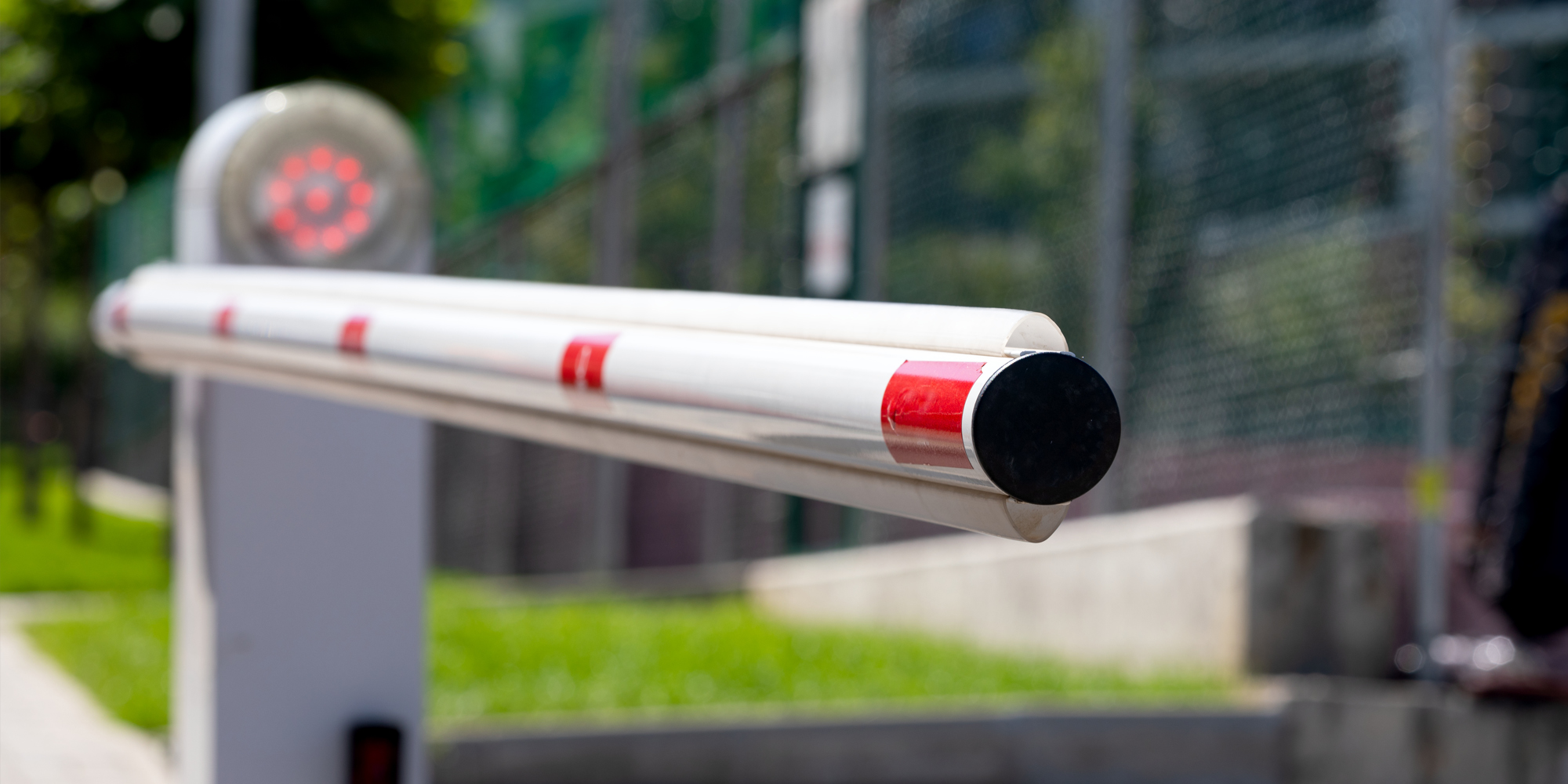Intruder Alarm Monitoring brings your alarm system to life, linking it directly to the central station, with controllers on standby ready to respond to the signalled emergency.
While it is impossible to prevent an attempted break in, the immediate response that monitoring provides, dramatically minimises the potential risk of loss and damage to your property. Radio or GSM/IP Backup is available for High Risk Sites. We also offer operator alert systems linked to switches, sensors or measuring devices e.g. Refrigerated units or Fluid Level Monitoring in Industrial Applications.
How intruder alarm monitoring works
- An alarm system activates and a signal is sent to the central monitoring station across a landline connection, Monitored GPRS or IP transmission route.
- The monitoring station receives a signal and the customers details automatically flash on the screen within seconds.
- The method of signaling automatically tells the controller the nature of the alarm, i.e. burglary, fire, personal attack etc.
- To eliminate false alarms the controller may telephone your premises. Should an incorrect passcode be given or no reply received, it will be treated as an emergency.
- A controller immediately acts on your behalf notifying keyholders, the Gardai and other relevant emergency services.
- All information in respect of the activation and subsequent actions taken are recorded on a real time basis. This information can be recalled at any time.
A new Garda policy was introduced on April 1st 2005. It affects the handling of activations from your intruder alarm system as the Gardai will now only respond to ‘verified’ alarms.
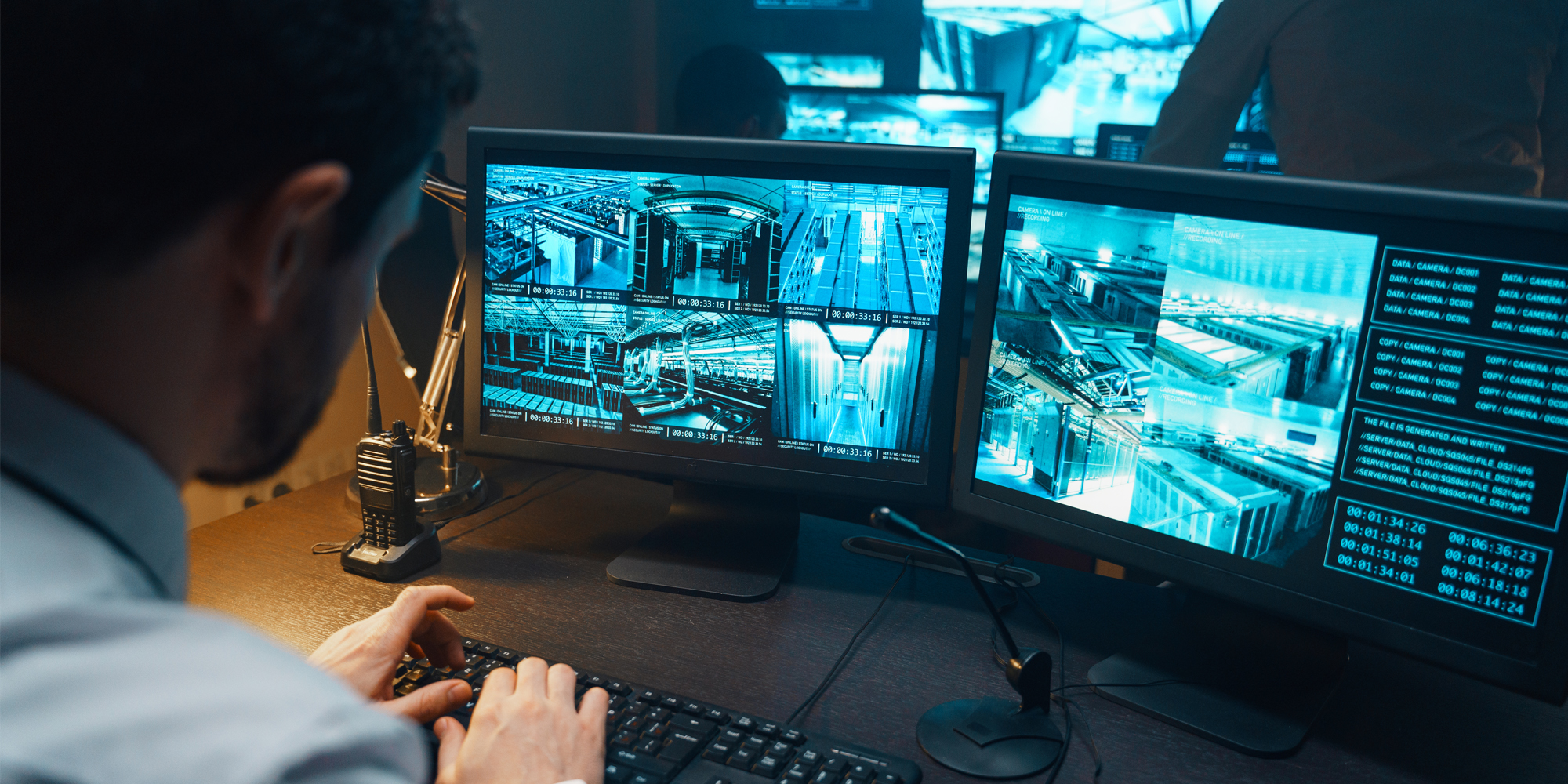
What is a verified alarm?
A verified alarm is an alarm system that has sent in a second signal to confirm the first activation. Some primary signals are accidentally triggered through operator error. The second, or ‘verifying’, signal will narrow the probability of an activation being false. For normal alarm events the Gardai will not accept a call from a Monitoring Centre until a Keyholder has been notified and given an estimated time of arrival at the premises. The purpose of the new policy is to reduce false alarms thereby enabling the Gardai to respond to real activations more promptly.
What is a false alarm?
If the Gardai arrive at a premises and the Keyholder is not there to meet to them when they said they would be there the activation will be treated as a false alarm. Garda response will be withdrawn when the limit of three false alarms in three months is reached. If Garda response is withdrawn, the alarm system must have verification technology installed before it can be reinstated. All Commercial systems must have verification technology installed. Older Residential systems will have Garda response withdrawn after one false call-out and will only be re-instated when verification technology is installed.
How CCTV Monitoring works
- The Central Monitoring Station dials into the CCTV System of a company and conducts a search of the area. This can be done on a random basis, according to customer requirements or upon alarm activations.
- If an intruder is detected with one of our perimeter protection technologies, the video and audio transmitters/recorders will transmit high-quality images to a central monitoring station (CMS) so operators can see exactly what is happening and initiate the appropriate response.
- Live/event driven video transmission, audio alerts, remote camera control and flexible integration capabilities provide full remote site surveillance and control, eliminating the need for on-site guards.
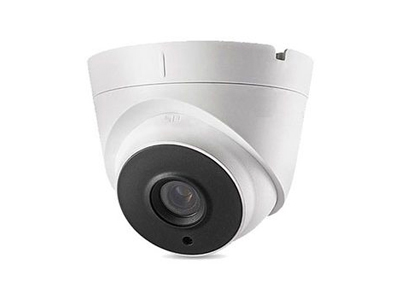
Our services

Unit 5B2 Link Road Business Park
Ballincollig, Co. Cork,
P31 AW93
Phone: 021 7318788
Email: info@360security.ie


PSA Licence 12971


